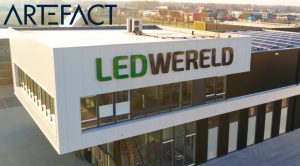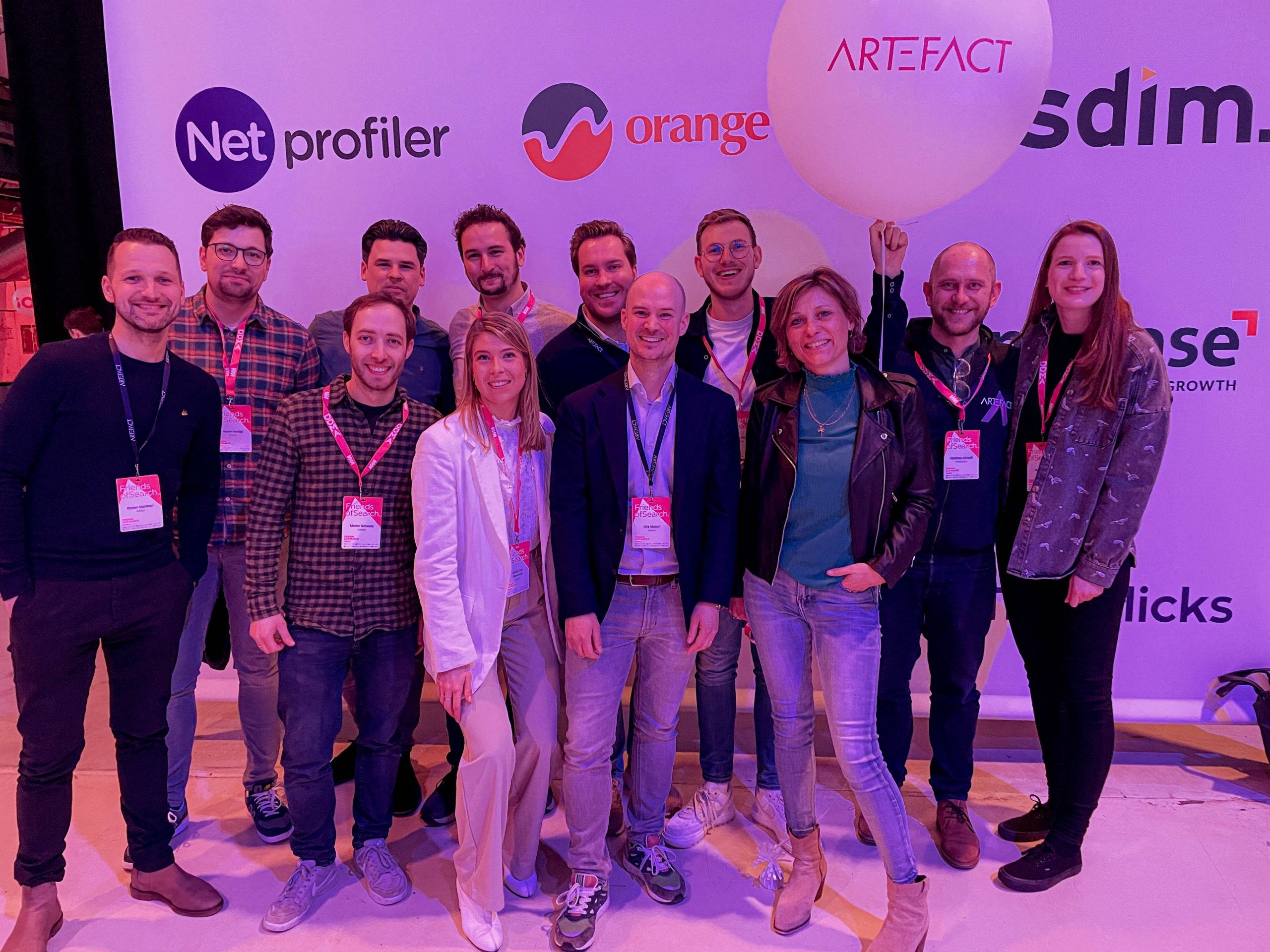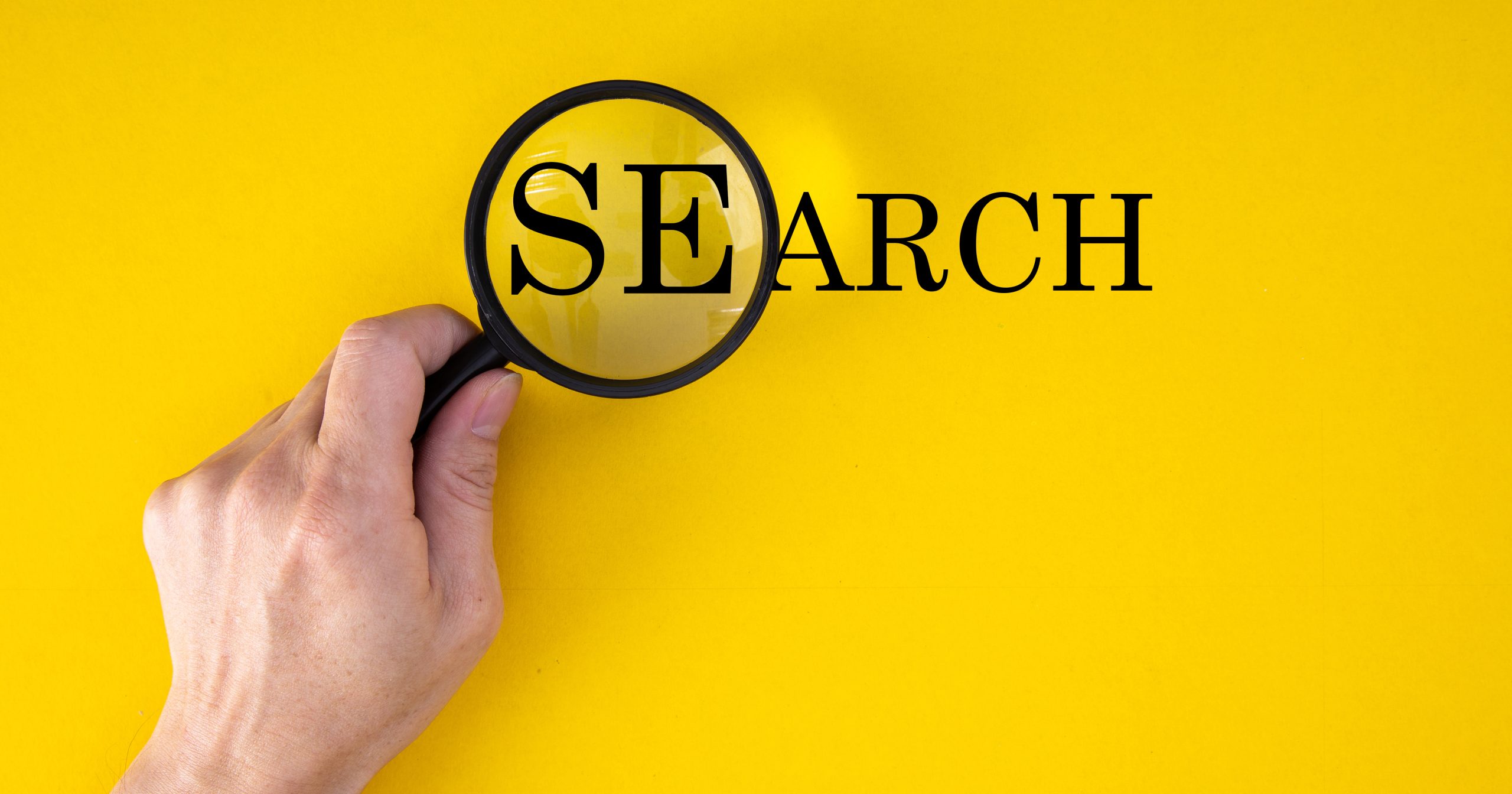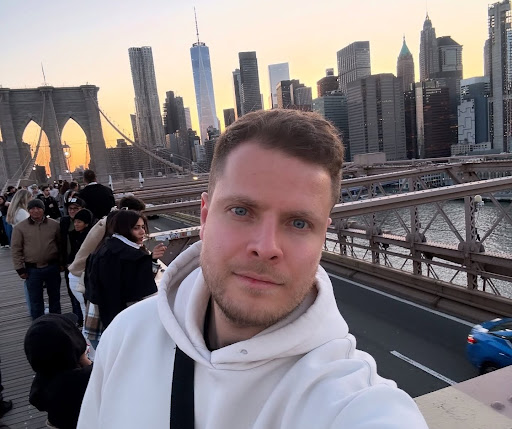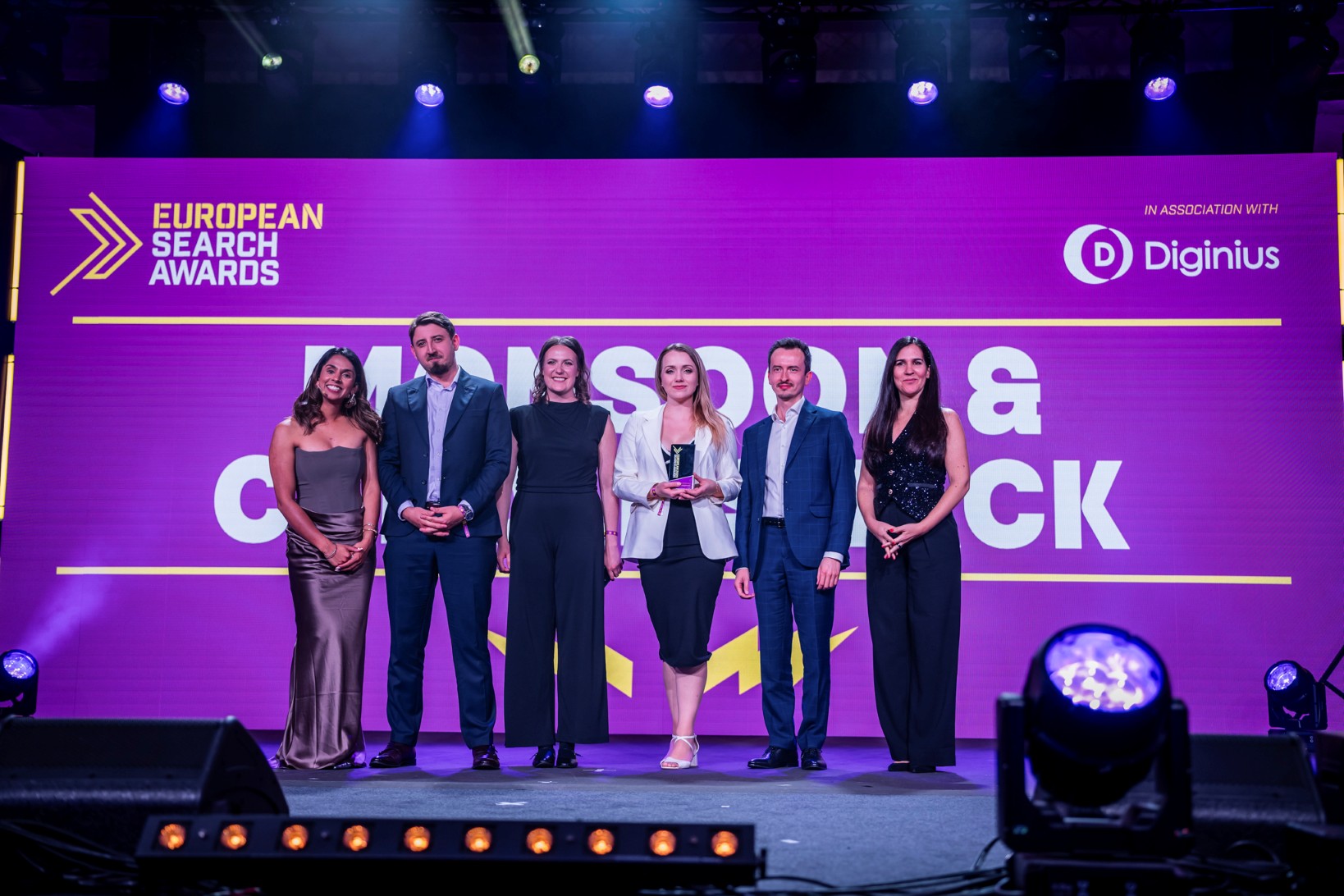LEDwereld is an LED lighting online shop founded in 2016, The Netherlands. Early 2021 they contacted Artefact, a global data and digital marketing agency, with one of its subsidiaries in Utrecht, The Netherlands. LEDwereld wanted to expand their business to the German market with Artefact’s help. Their initial strategy was to cautiously enter the market, keep their spendings and conversions in check, and steer on a 250% ROAS (vs. the current ROAS of 205%) to provide growth and ensure profitability. While keeping this in mind, we thought of a new strategy for LEDwereld.
Strategy to enter the German market
The first step to enter the German market is to get to know the German culture. Germany is a new market, with their own culture in which trust is deep rooted. Therefore, we onboarded native Germans on both teams to help understand the customer on a deeper level since they know the market and culture.
The second step is to create SEA, SEO, and Shopping structures that reinforce each other. For SEO we focussed on internal linking, link building from high quality websites, content creation, and optimization. In addition, we conducted an intent analysis to uncover regional keywords which we included in our campaigns. For SEA we started building the classic campaigns with Responsive Search Ads per subject (e.g. Einbaustrahler, LED Streifen, and Feuchtraumleuchten). Lastly, we restructured the Shopping campaigns. Since LEDwereld has >1.000 products, Google decides very quickly which products to show and which not. Upon initial research, we found that approximately 70% of the products gathered 0 clicks. Therefore, we introduced the bucket structure (that we changed to Performance Max in 2022).
The bucket structure explained
This structure places products into buckets based on how well they perform. We first conducted keyword research, which formed the base of the Search campaigns. In addition, we used insights from all channels to implement the bucket structure. A clear segmentation of the Shopping campaign allowed us early on to optimise the budget allocation before the transition to the buckets setup.
- Hero bucket: best performing products that generate >40% of the revenue within the different Shopping campaigns.
- Sidekick bucket: products that perform well, but don’t generate much traffic. In the future they can become hero material, if they get the right attention from the Google algorithm.
- Villain bucket: products that spend +/- 50% of our budget. These products were underperforming and this way we can save money when separating them from the rest and put a profitable ROAS on it.
- Zombie bucket: all the products that didn’t get any impressions/clicks. The Google algorithm doesn’t know what to do with these products if they stay in a regular Shopping campaign, so putting them in a separate campaign forces Google to do something with these products.
Search campaign
We used insights from the SEO keywords research to implement keywords that are usually more upper funnel (e.g., ‘convert fluorescent tube to LED’ or ‘replace neon tube with LED’). The landing page provides information + offers the solution in form of the specific product for the replacement. To this day, they are one of the most valuable keywords in the whole account. In addition, we created a new structure for the Responsive Search Ads (RSAs) with pinned and unpinned headlines and descriptions. This way, we still have control over what is seen in the ad and provide the Google algorithm which headlines / descriptions are more important.
Our biggest challenge
The biggest challenge we faced upon entering the German market was generating trust from the German customers. Germans prefer having native Germans working at the company and not just another company from abroad trying to make it in Germany. We tackled this challenge by:
1. Onboarding native Germans on the team, as well as having native Germans on customer service.
- Creating the URL www.ledonline.de for the German market, since LEDwereld is a Dutch name and doesn’t resonate well in Germany.
3. Choosing to go for .de instead of .com
4. Researching which keywords were used in different regions of Germany and implementing those in the Search campaigns.
5. Using the label from ‘Trusted Shops’.
Results
Our strategy led to:
- A revenue of > €2.500.000 in the first 1.5 years of entering the German market.
- A decrease of >35% in the number of products that received 0 clicks.
- The Zombie bucket is now the campaign with the most clicks and conversions.
As a new company without any brand recognition in this market, generating this much revenue is exceptional. In addition, we achieve the goal of growing while being profitable with our unique combination of Search is Search (SEO and SEA) and using cross-channel insights to implement the new Shopping structure, which allowed us to advertise with way more products than Google did before.
If you want to learn more about our case, please contact us via our website or LinkedIn.
